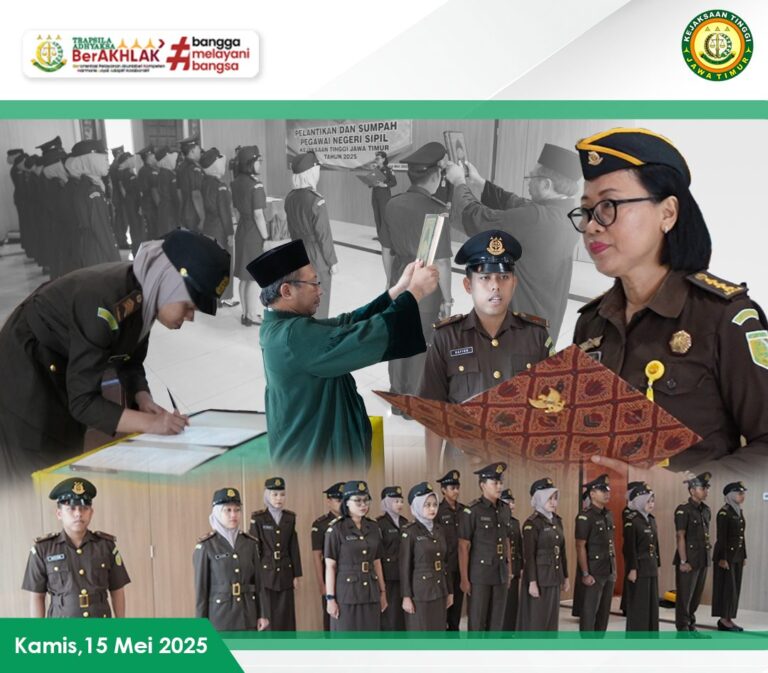In the digital era, handling printed or handwritten documents efficiently has become a necessity for businesses, students, researchers, and everyday users. One of the most revolutionary technologies aiding in this process is Optical Character Recognition (OCR)—a technology that allows users to extract text from images, scanned documents, and handwritten notes. OCR Image to Text Converters play a crucial role in improving productivity, making information more accessible, and digitizing records effortlessly.
This article explores the fundamentals of OCR technology, its applications, advantages, limitations, and the best OCR tools available today.
What is an OCR Image to Text Converter?
An OCR Image to Text Converter is a software tool or online service that extracts text from images, scanned documents, PDFs, or handwritten notes. Instead of manually typing out the text from an image, users can simply upload the image, and the OCR tool will convert it into an editable format.
OCR technology relies on pattern recognition, machine learning, and artificial intelligence (AI) to accurately detect characters and words within an image. The converted text can then be copied, edited, searched, or stored in digital form.
How Does OCR Work?
OCR operates through a multi-step process, ensuring accuracy and efficiency:
1. Image Preprocessing
Before extracting text, the OCR tool enhances the image by:
- Adjusting brightness and contrast
- Removing noise and distortions
- Straightening skewed or tilted text
- Detecting and separating different sections
2. Character Recognition
The OCR engine scans the image and identifies individual characters, words, or paragraphs by analyzing shapes, lines, and patterns. Advanced OCR tools use machine learning to recognize different fonts and handwriting styles.
3. Post-processing and Text Output
After recognizing the text, the tool applies grammar and spelling checks to improve accuracy. Users can then download or copy the extracted text into a document, spreadsheet, or database.
Applications of OCR Image to Text Converters
OCR technology has widespread applications across industries and everyday use. Some of the most common applications include:
1. Digitizing Printed Documents
Businesses and institutions use OCR to digitize records, contracts, and reports, reducing the need for physical storage.
2. Extracting Text from Scanned Books
Researchers and students can convert scanned books and academic papers into editable text for easy reference and note-taking.
3. Converting Handwritten Notes to Digital Format
OCR tools help students and professionals convert handwritten notes into digital documents for better organization and sharing.
4. Invoice and Receipt Processing
Businesses use OCR to extract information from invoices and receipts, automating data entry for accounting and bookkeeping.
5. Assisting Visually Impaired Individuals
OCR, combined with text-to-speech software, enables visually impaired users to access printed text through audio formats.
6. Translation Services
OCR tools help translate printed or handwritten documents by first converting the text into digital form and then processing it through translation software.
Advantages of Using OCR Image to Text Converters
The benefits of using OCR technology are vast:
1. Time-Saving
OCR eliminates the need for manual typing, converting large amounts of text in seconds.
2. Increased Accuracy
Modern OCR Image to Text Converter tools, enhanced by AI, achieve high accuracy in recognizing text, even from complex images.
3. Improved Searchability
Digitized text allows users to search, edit, and organize documents efficiently.
4. Enhanced Data Accessibility
Once converted, text can be stored in digital formats, making it easy to access from multiple devices.
5. Cost-Effective
Businesses save on labor costs by automating data entry and document processing.
6. Environmental Benefits
By reducing reliance on paper documents, OCR contributes to sustainability and environmental conservation.
Challenges and Limitations of OCR Technology
Despite its many advantages, OCR technology still faces some challenges:
1. Low-Quality Images Affect Accuracy
Blurry, distorted, or low-resolution images can reduce OCR accuracy, requiring manual correction.
2. Handwriting Recognition is Still Developing
While OCR can recognize printed text effectively, handwritten text, especially cursive or messy handwriting, can pose challenges.
3. Formatting Issues
OCR tools may struggle with preserving the original layout, especially in complex documents with tables and columns.
4. Language and Font Limitations
Some OCR tools may not support all languages or specialized fonts, leading to errors in text recognition.
5. Privacy and Security Concerns
Uploading sensitive documents to online OCR tools raises privacy risks, making it essential to use secure platforms.
Best OCR Image to Text Converter Tools in 2024
Several OCR tools stand out for their accuracy, ease of use, and advanced features. Here are some of the top OCR tools available today:
1. Google Drive OCR
- Integrated with Google Drive and Docs
- Free to use
- Supports multiple languages
2. Adobe Acrobat Pro DC
- Premium OCR tool with high accuracy
- Preserves original formatting
- Suitable for scanned PDFs
3. Tesseract OCR (Open-Source)
- Developed by Google
- Free and customizable
- Supports over 100 languages
4. ABBYY FineReader
- AI-powered OCR for professional use
- High accuracy and formatting retention
- Supports batch processing
5. OnlineOCR.net
- Web-based and easy to use
- Supports multiple file formats
- Free for basic use
6. Microsoft OneNote OCR
- Built into OneNote
- Free for Microsoft users
- Good for handwritten notes
How to Use an OCR Image to Text Converter?
Using an OCR tool is simple and follows these general steps:
1. Choose an OCR Tool
Select a software or online tool based on your needs (e.g., Google Drive OCR, Adobe Acrobat, or Tesseract).
2. Upload the Image
Drag and drop or browse your device to upload an image, scanned document, or PDF.
3. Start the OCR Process
Click the “Convert” or “Extract Text” button. The OCR tool will process the image and extract the text.
4. Review and Edit the Output
Check the extracted text for errors, especially if the image quality was poor. Edit any mistakes manually.
5. Save or Copy the Text
Download the text file, copy it into a document, or save it for future use.
Future of OCR Technology
OCR is continuously evolving with the integration of AI and machine learning, making it more accurate and efficient. Some upcoming trends include:
- Improved Handwriting Recognition: AI will enhance OCR’s ability to recognize different handwriting styles accurately.
- Real-Time OCR: Mobile apps and AR-based OCR will allow real-time text conversion.
- Enhanced Language Support: More languages and dialects will be included.
- Integration with Smart Devices: OCR will be integrated into smart glasses, IoT devices, and voice assistants.
Conclusion
OCR Image to Text Converters have revolutionized how we handle text from images, making document digitization faster and more efficient. Whether for business, academics, or personal use, OCR tools save time, improve accuracy, and enhance accessibility. While challenges remain, advancements in AI and machine learning are continuously improving OCR capabilities, promising a future where extracting text from images is seamless and highly accurate.
















